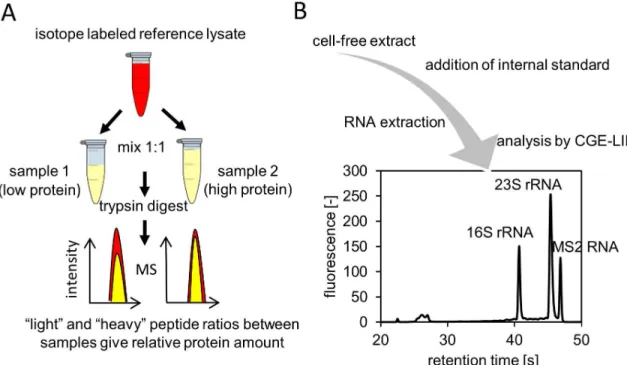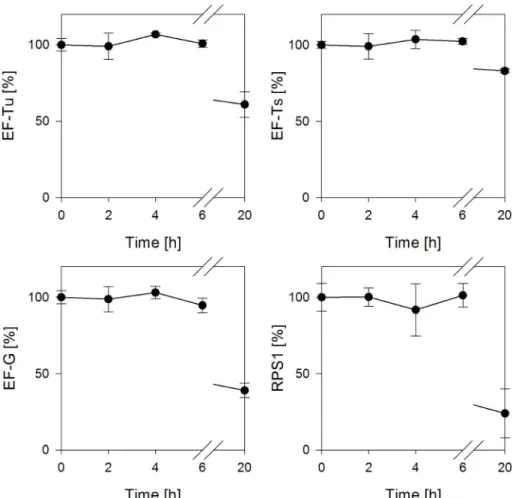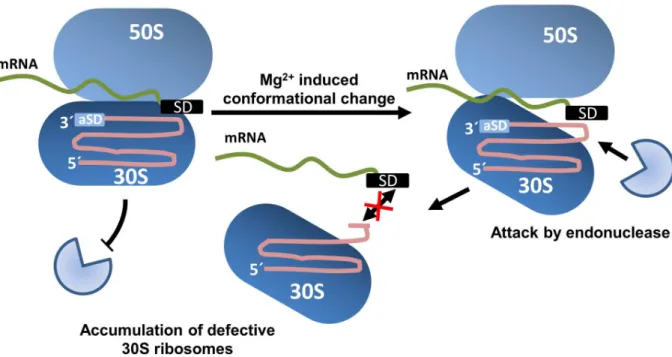Site specific cleavage of ribosomal RNA in Escherichia coli based cell free protein synthesis systems
Texto completo
Figure




Documento similar
middle‐income countries (LMIC) (1,2). Together with Shigella spp., enteroaggregative Escherichia
The presence of mutated k-ras sequences in both the primary tumors and the lung metastases from rats injected with DHD cells was confirmed in previous studies [31] and, in the
RNA-binding proteins control translation efficiency of mRNAs initiating protein synthesis by the conventional cap-dependent, or the alternative internal ribosome entry site
Role of cortactin and the adaptor proteins NCK and CRK in pedestal formation by entherpathogenic Escherichia coli
1. From the cell to the DNA. The power of the RNA. Predicting the protein function. Annotation tools and systems 25 3.1. Tools to support annotation. Domain and family prediction
showed that CNPs exhibited size-dependent and concentration-dependent growth inhibition of both Escherichia coli (E. coli) and Bacillus subtilis, but no adverse effects
Therefore, these results show a dose-dependent increase in RNA expression, in SNAP25 cleavage, and in inhibition of CGRP release, clearly indicating that transgenic expression of
Further, the more effective β-domain from Intimin was used to display an immune library raised using tumor cells overexpressing hEGFR and select specific high affinity




